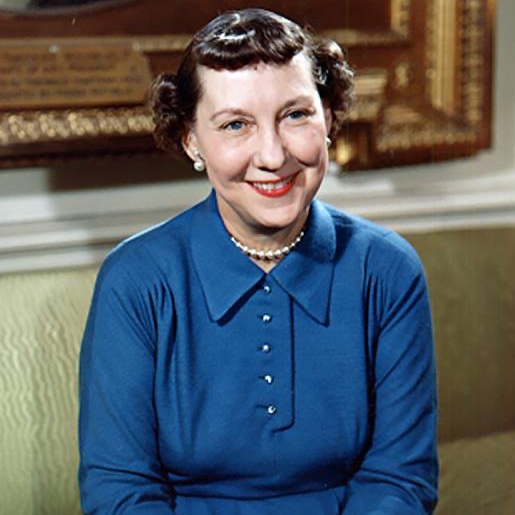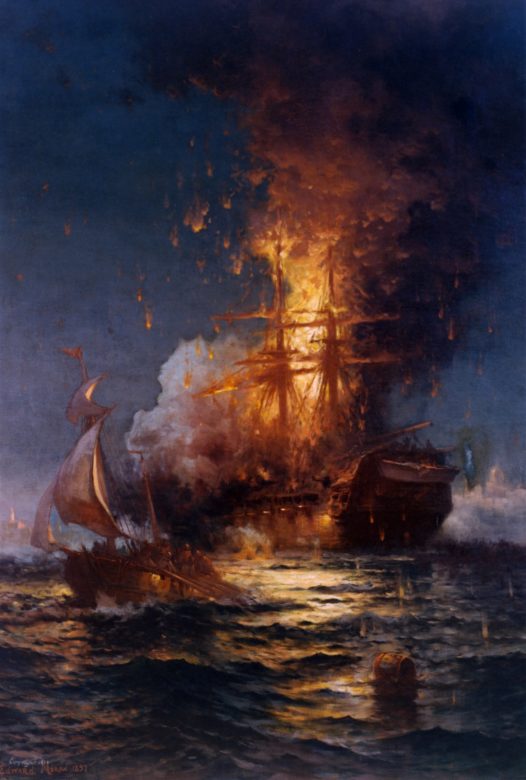The story of the White House orangery—where orange trees were grown—touches on a broad history of architectural and horticultural tastes at the White House across the nineteenth century. 1/13
President Thomas Jefferson’s plan to join the White House with the neighboring executive buildings contained the origins of the orangery. Part of that plan included a fireproof vault connected to the Treasury building, which was left empty on the South Lawn after 1814. 2/13
White House gardener John Ousley put the old vault to use as a tool shed during the presidency of John Quincy Adams, and the president’s lime and persimmon trees may have spent the winters in the vault. 3/13
In 1835, President Andrew Jackson completed the conversion to the orangery, with south-facing windows and a stove, which provided a warm place to grow lemons and oranges year-round. 4/13
In 1853, the structure became a true greenhouse with the addition of glass-paned wings centered around the tile-roofed orangery. The new building was a presidential solarium filled with many types of fruit trees and flowers, especially camellias. 5/13
The new white-and-green rooms had earthen floors covered with moist sand, and most of plants were kept in boxes for easy transportation outside. The ceilings could be opened with pulleys, & a furnace and tin water pipes kept conditions just right for the delicate specimens. 6/13
In this period, President and Mrs. Pierce kept up with the trend, popular among the nation’s elite, of using cut flowers for interior decoration and relied more and more on the greenhouse. 7/13
Although the orangery-greenhouse was popular with the first families, it stood in the way of the expanding Treasury building, and, in 1860, workers dismantled and rebuilt it brick-by-brick on the west side of the South Lawn, near the new conservatory on the West Terrace. 8/13
First families could access the orangery by an interior flight of stairs from the conservatory, and the space continued to support the interior decoration of the White House as cut flowers became more and more essential to tasteful entertaining. 9/13
By the mid-1880s, Andrew Jackson’s old orangery was part of a sprawling complex of greenhouses and provided only camellias, which had been a staple of White House decoration for half a century. 10/13
Image Credits (this, and next tweet): Library of Congress
Image Credits (this, and next tweet): Library of Congress

The structure on the left in this photo from c.1875 is the relocated orangery. The taller roof on the far left was originally the fireproof vault of the Treasury building, and the shorter part to the right is one of the glass wings added at the original location in 1853. 11/13 

The 1902 construction of the West Wing during the presidency of Theodore Roosevelt ended the era of greenhouses on the White House Grounds. The structures were dismantled and rebuilt near the Washington Monument. 12/13
Learn more about the history of the White House Grounds in this episode of our podcast, The #1600Sessions: whitehousehistory.org/1600-sessions/…
• • •
Missing some Tweet in this thread? You can try to
force a refresh





















